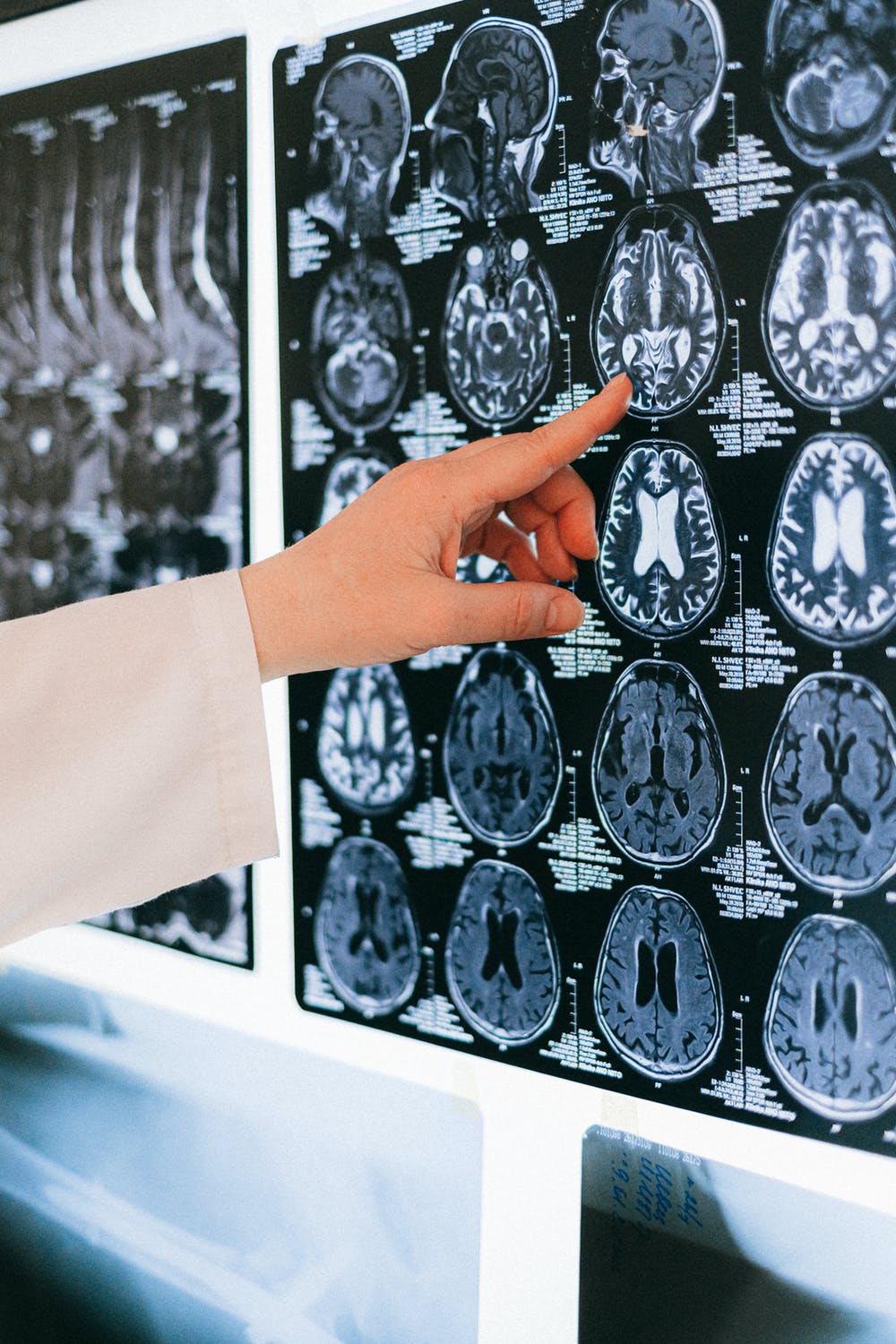Using working memory is like being able to remember the directions someone just gave you on the spot. Researchers at MIT have discovered that short bursts of gamma frequency rhythms in the prefrontal cortex are responsible for the brain’s ability to concentrate on the details of whatever it is remembering. Neuronal activity is concentrated when and where bursts of gamma frequency oscillations occur, which is helpful for remembering new information.
The capacity to mentally store and alter recent information is known as working memory and can be quite useful. It’s a mental challenge. Our ability to concentrate on a task at hand depends on the coordinated efforts of specific neurons in the prefrontal cortex. In a recent study, researchers from MIT’s Picower Institute for Learning and Memory demonstrate how this concentration develops.
In a new study published in Scientific Reports, neuronal activity variability was found to be a crucial metric. The scientific community as a whole agrees that reducing unpredictability in activities leads to a sharper focus and greater efficiency. In fact, studies measuring human and animal concentration during working memory games in the lab have demonstrated that this variability reduces.
Using neuronal recordings and computational modeling, lead author Mikael Lundqvist of numerous studies published between 2016 and 2018 demonstrated that the prefrontal cortex’s bursts of gamma frequency rhythms coordinate the neural storage of information in working memory. Coordinated spiking of groups of individual neurons provides a quantitative measure of the information representation. Meanwhile, the brain’s manipulation of that data is actualized via bursts of beta frequency rhythms.
“Working Memory 2.0” idea casts doubt on the conventional wisdom that neurons keep working memory information by maintaining it with constant, persistent activity. They employed computational modeling of brain activity to support their claim that decreased variability cannot develop from periodic bursts of rhythmic activity, which is consistent with the older concept that originated from averaged measurements taken in relatively few neurons.
New research
The latest research, however, demonstrates that the decreased variability actually emerges. The research group led by Lundqvist monitored hundreds of neurons while six animals played three separate working memory games, recording gamma bursts as well as individual neuronal spiking. They also calculated the “Fano factor” to see how much the activity differed between trials.
The animals’ gamma burst and spiking rates changed significantly from the baseline period as they worked through each challenge, suggesting that these variables were influenced by the requirements of the tasks. The animals’ performance would briefly increase as each item was presented during one task, then again during the subsequent memory test.
The task’s influence on both activity and trial-to-trial variation was evident. They discovered that in each activity, variability was greatest in the “baseline” condition, when the animals were free to think about anything they liked. However, once the animals were required to give their full attention to the activity once more, their gamma bursts and neuronal spiking resembled those of the previous and subsequent times they performed the exercise. Furthermore, the variability decreases coincided with strategically important phases of the work.
The team looked into whether the decreases in spike variability were due to decreases in the gamma bursting variability, which the direct measurements indicated to be in line with the task demands for concentrated thinking.
Using data on the frequency and variety of gamma bursts, scientists experimented with computer simulations of spiking variations to determine whether or not smaller gamma burst variations also resulted in smaller spiking variations.












Leave a Reply